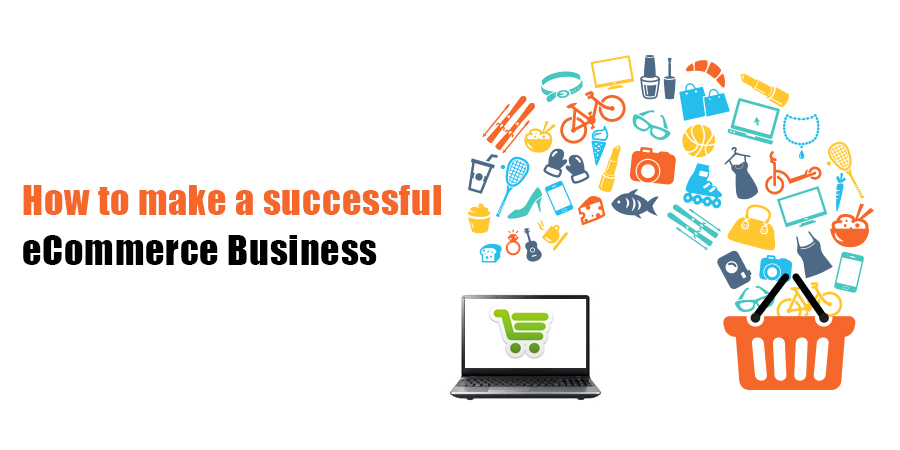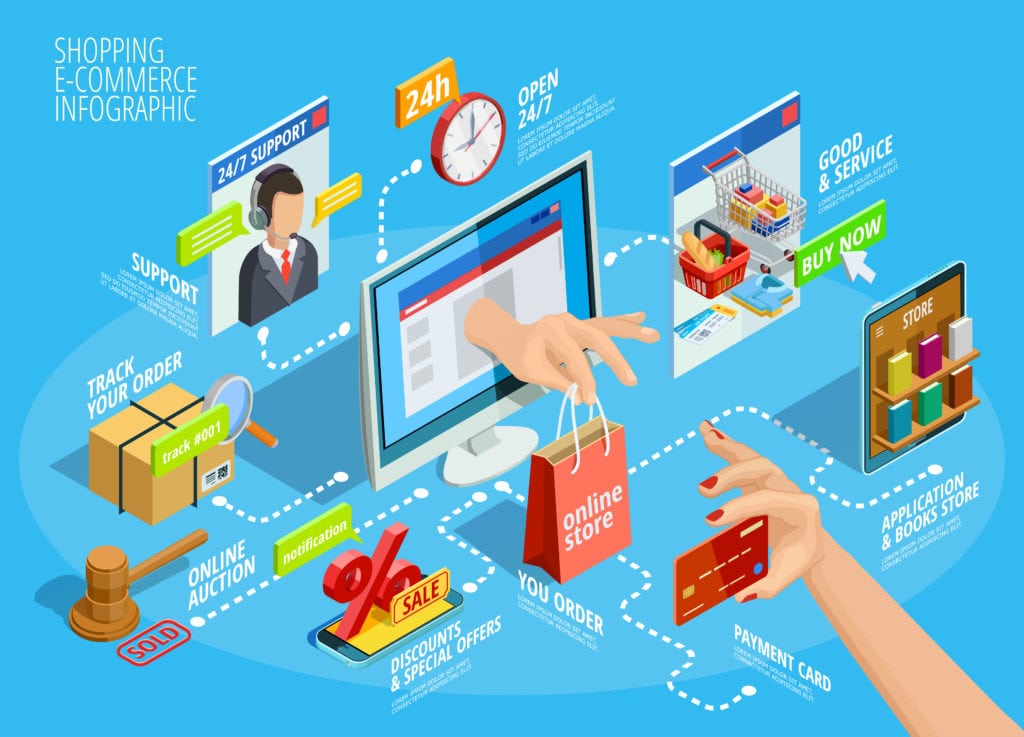
In the digital age, launching an e-commerce business can be as thrilling as it is daunting. Imagine you're standing at the edge of a vast, unexplored territory, with the potential to build an empire. The journey to success in online retail is filled with opportunities and challenges, but with the right strategies and a well-thought-out business plan, you can navigate this landscape with confidence. This comprehensive guide will walk you through the essential steps to create a successful e-commerce business, from concept to execution.
Understanding the E-commerce Landscape
Before diving in, it's crucial to understand the e-commerce landscape. E-commerce has revolutionized the way we shop, making it possible to buy anything from groceries to high-end fashion with just a few clicks. According to Statista, global e-commerce sales are projected to reach $7.4 trillion by 2025. This growth presents a golden opportunity for entrepreneurs looking to tap into the online retail market.
Researching Your Market
Market research is the cornerstone of any successful business. It's like having a map and compass before embarking on a journey. You need to understand your target audience, their preferences, and their pain points. Tools like Google Trends, SEMrush, and social media analytics can provide valuable insights into consumer behavior and market trends.
Developing a Business Plan
A well-crafted business plan is your roadmap to success. It outlines your goals, strategies, and financial projections. Think of it as the blueprint for your e-commerce empire. Your business plan should include:
- Executive Summary: A brief overview of your business.
- Market Analysis: Detailed research on your target market and competition.
- Marketing and Sales Strategy: How you plan to attract and retain customers.
- Financial Projections: Estimates of your revenue, expenses, and profits.
Building Your E-commerce Website
Your e-commerce website is the face of your business. It's where customers will interact with your brand, browse products, and make purchases. A user-friendly, visually appealing website can significantly enhance customer acquisition and sales growth.
Choosing the Right Platform
Selecting the right e-commerce platform is critical. Popular options include Shopify, WooCommerce, and Magento. Each platform has its strengths and weaknesses, so choose one that aligns with your business needs and technical capabilities.
Designing an Engaging User Experience
User experience (UX) is paramount in e-commerce. A seamless and enjoyable shopping experience can turn casual visitors into loyal customers. Ensure your website is easy to navigate, mobile-friendly, and optimized for fast loading times.

Implementing Effective SEO Strategies
Search Engine Optimization (SEO) is crucial for driving organic traffic to your website. Optimize your product pages with relevant keywords, high-quality images, and engaging content. Tools like Google Search Console and Ahrefs can help you monitor and improve your SEO performance.
Marketing and Customer Acquisition
Marketing is the lifeblood of any e-commerce business. It's how you attract and retain customers, build brand awareness, and drive sales growth. Here are some effective marketing strategies to consider:
Content Marketing
Content marketing involves creating valuable content that educates, entertains, and engages your audience. Blogs, videos, and social media posts can help you build a loyal following and establish your brand as an authority in your niche.
Social Media Marketing
Social media platforms like Facebook, Instagram, and Twitter are powerful tools for reaching a wide audience. Use them to share updates, promote products, and engage with your customers. Social media ads can also be highly effective for targeted customer acquisition.
Email Marketing
Email marketing is a cost-effective way to nurture relationships with your customers. Use email campaigns to share exclusive offers, new product launches, and valuable content. Personalized emails can significantly boost engagement and sales.
Managing Inventory and Logistics
Efficient inventory management and logistics are essential for the smooth operation of your e-commerce business. Here are some tips to help you manage these aspects effectively:
Inventory Management
Keep track of your stock levels to ensure you never run out of popular items. Use inventory management software to automate this process and provide real-time updates.
Shipping and Fulfillment
Reliable shipping and fulfillment are crucial for customer satisfaction. Partner with reputable shipping companies and consider offering free or expedited shipping options to enhance the customer experience.

Customer Service
Exceptional customer service can set your business apart from the competition. Respond promptly to customer inquiries and resolve issues efficiently. Offer multiple channels for customer support, such as email, live chat, and social media.
Measuring Success and Continuous Improvement
To create a successful e-commerce business, you need to continuously measure your performance and make improvements. Use analytics tools like Google Analytics to track key metrics such as website traffic, conversion rates, and customer lifetime value.
Analyzing Data
Regularly analyze your data to identify trends, strengths, and areas for improvement. Use this information to refine your strategies and optimize your business operations.
Seeking Feedback
Customer feedback is invaluable for understanding what you're doing well and where you can improve. Encourage customers to leave reviews and ratings, and use this feedback to enhance your products and services.
Conclusion
Creating a successful e-commerce business is a journey filled with opportunities and challenges. By understanding the e-commerce landscape, conducting thorough market research, developing a solid business plan, and implementing effective marketing strategies, you can build a thriving online retail business. Remember, success in e-commerce is not just about making sales; it's about creating a memorable and valuable experience for your customers.
FAQs
What are the key steps to starting an e-commerce business?
- The key steps include market research, developing a business plan, building an e-commerce website, implementing marketing strategies, managing inventory and logistics, and continuously measuring and improving your performance.
Which e-commerce platform is best for beginners?
- Shopify is often recommended for beginners due to its user-friendly interface and extensive features. However, the best platform depends on your specific business needs and technical capabilities.
How important is SEO for an e-commerce website?
- SEO is crucial for driving organic traffic to your website. Optimizing your product pages with relevant keywords and high-quality content can significantly improve your search engine rankings and attract more customers.
What are some effective marketing strategies for e-commerce businesses?
- Effective marketing strategies include content marketing, social media marketing, email marketing, and targeted advertising. Each strategy can help you reach a wider audience, build brand awareness, and drive sales growth.
How can I improve customer service in my e-commerce business?
- You can improve customer service by responding promptly to inquiries, resolving issues efficiently, and offering multiple channels for support. Exceptional customer service can enhance customer satisfaction and loyalty.
By following these steps and continuously adapting to the ever-changing e-commerce landscape, you can build a successful and sustainable online retail business.
Posting Komentar